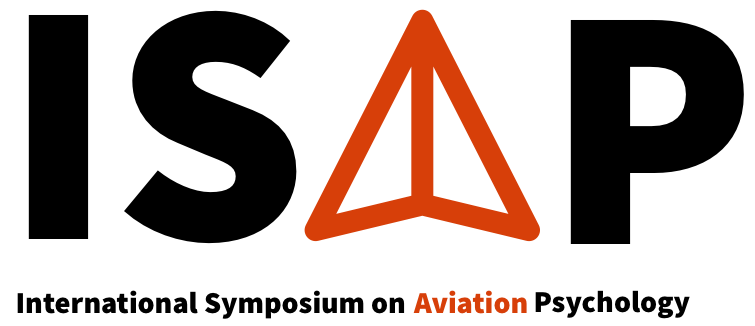
1917 in Aviation History: Aviation Technology and Psychology
As World War I neared its peak and the airplane took on more responsibilities in the war, it is not surprising that the airplane technology advanced quickly. And, of course, the challenges associated with piloting an airplane changed quickly as well.
In the less than 15 years since the first powered flight of the Wright brothers, the very appearance of the aircraft had changed dramatically. Although most aircraft during World War I used a biplane design reminiscent of the first Wright Flyer, the structure of the aircraft were much stouter with full fuselage structures and much more powerful engines. The aircraft flew faster, higher, and further than could have been anticipated in the early years of flight.
What did this mean for the pilot?
First of all, the need to provide the pilot with better information was inescapable. The Wright brothers initially flew with just a practically unimpeded view of the world and a piece of string that told them whether the aircraft was slipping or yawing. During World War I a number of instruments such as airspeed indicator, altimeter, compass, and a variety of engine gauges became standard equipment. See for example the DH-4 cockpit from that era in Figure 1.

Figure 1. DH-4 Cockpit, showing an early set of flight instruments. (Photo courtesy of the National Museum of the U.S. Air Force)
Another important development during the war was the need to produce qualified pilots at an unprecedented rate to fill all of the slots needed for wartime tasks. This need produced a push towards developing tests to see if potential trainees had the “right stuff” to be pilots (although that term was probably not used at that time). Figures 2 and 3 provide a couple of examples.

Figure 2. Evaluating a pilot trainee with an equilibrium sensitivity test. (Photo courtesy of the National Museum of the U.S. Air Force)

Figure 3. A color vision and visual field test. (Photo courtesy of the National Museum of the U.S. Air Force)
Of course, even if the best candidates were selected, there was still the challenge of training them efficiently and effectively. The leisurely training regimes of early aviation would not do at all. One response to this need was the development of the “Ruggles Orientator” in 1917. The Ruggles Orientator was used both as a selection device and a training tool. Its use continued after the war and the magazine, Popular Science, championed its use in July 1919, “Practice on the orientator develops ‘ear-motion sense,’ which will serve a pilot when muscle sense and eyesight fail to do so (p. 63).” Alas, as Bill Ercoline pointed out in his 2015 ISAP Keynote address, it was not realized until well after World War I that any “ear-motion sense” would be woefully inadequate and spatial disorientation required proper instruments and training to overcome.

Figure 4. The Ruggles Orientator (Patented in 1917) in use. (Photo courtesy of the National Museum of the U.S. Air Force)
What about Dayton Aviation in 1917?
As a late-comer to World War I, the United States had not pushed aviation ahead with the same vigor as the European countries. The designers and producers of the bulk of combat aircraft used in World War I were Britain, France, and Germany. The only U. S. built aircraft to see combat in World War I was the DH-4 which was based on the British De Havilland design. The largest American producer of DH-4s was the Dayton-Wright company. The DH-4 was a mainstay of the Air Service following the war; used in transport, air ambulance, trainer, target tug, and mail carrier. It also served as a testbed for numerous technological developments at Dayton’s McCook Field; including turbochargers, propellers, and landing lights, So, the Dayton area remained important during the war and after as a key location for U. S. aviation.

Figure 5. De Havilland DH-4 at the National Museum of the United States Air Force. (U.S. Air Force photo)
